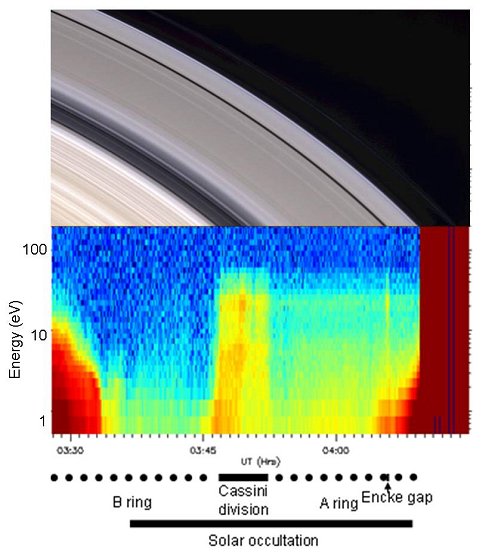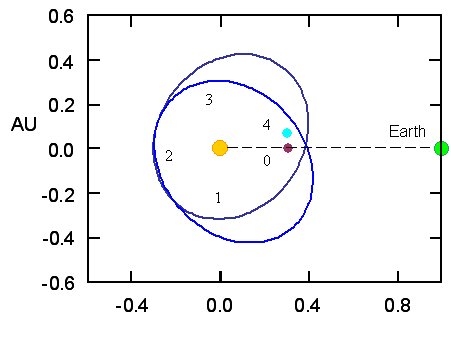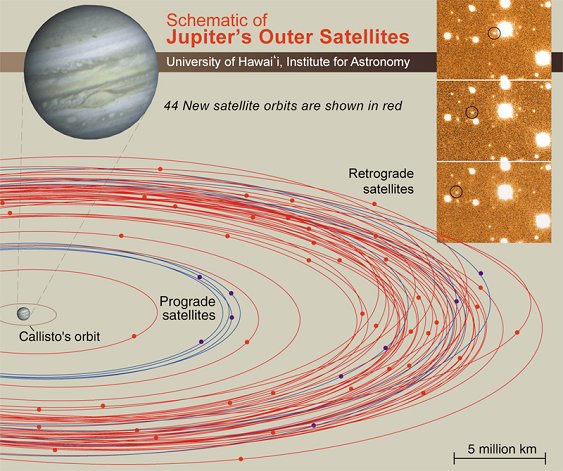IMPORTANT! Pluto is not more considered as planet!
Solar system

Our solar system consists of a recycled Star, too small to be a neutron star and bigger than brown dwarfs. Four internal planets, called telluric, posses an iron core, of similar dimensions; it is solid on Mars and above the Curie point (?) on Venus, so these two have no magnetospheres. Atmospheres are all different: with Na and K atoms on Mercury,
CO2 and sulphuric acid on Venus (causing a 450º greenhouse effect), thin
CO2 layer with water frozen on Mars, hydrogen, helium, with some methane and ammonia on Jupiter.
Ironic core posses also Io, the biggest Jupiter’s satellite, but with its 24 km high volcanoes of molten sulphur is not the place to live in.
Remaining three of the almost naked-eye visible, so-called Galilean satellites of Jupiter are covered, probably, with frozen water.

17 August 2005 Data from the NASA/ESA/ASI Cassini spacecraft indicate that Saturn's majestic ring system has its own atmosphere - separate from that of the planet itself. The ring is composed of small solid particles, as predicted by. J.C. Maxwell in 1870 and its atmosphere contains mainly molecular oxygen.
It turns out, that the planet and satellite movements are partly harmonized. The most famous planet cycle commensurabilities are: Jupiter – Saturn resonance (2:5), Neptune – Pluto resonance (2:3). Another example are Jupiter moons: Io resonates with Europe (1:2), the same between Europe and Ganymede, finally Ganymede – Callisto resonance ratio is 3:7.
There is a lot more planetoid resonances. If we had done an exact transcription of the planet movement frequency to the music, we could achieve scattered planet chards.
 |
 |
Mercury, circumvallating the Sun in 88 (our) days is a clamorous example of the cosmic harmony. The rotation, orbital and synodic periods are in 6:4:3 resonance: one day on Mercury lasts exactly one Mercury’s year and the night lasts the second year. Mercury rotates around the Sun four times exactly at the same when the Earth rotates around it only once, so it is visible from Earth in almost the same orientation.
A. Balogh, G. Giampieri, Mercury: the planet and its orbit, Rep.Prog. Phys.65 (2002) 529
But as far as many orbits are well synchro- nized, those of newly discovered moons of Jupiter seem a dust-bin. Is Jupiter a kind of Gigante Buono swallowing all trash before it comes to Earth?
